

  |
Follow the steps given below to install Documentum iDataAgent on one of the following:
Related Topics |
|
| 1. | Log on to the computer using as an Administrator of the local computer. | |||
| 2. | Run Setup.exe from Software Installation Package. | |||
| 3. |
Select the required language. Click Next. |
 |
||
| 4. | Select the option to Install Calypso
on this computer. NOTES:
|
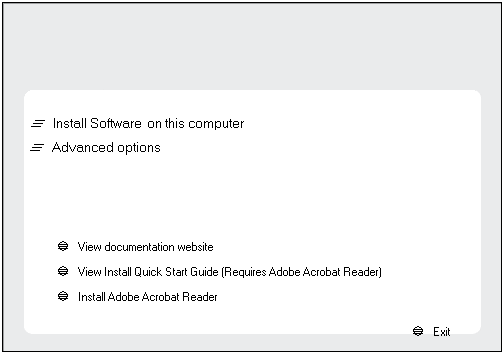 |
||
| 5. |
Select I accept the terms in the license agreement. Click Next. |
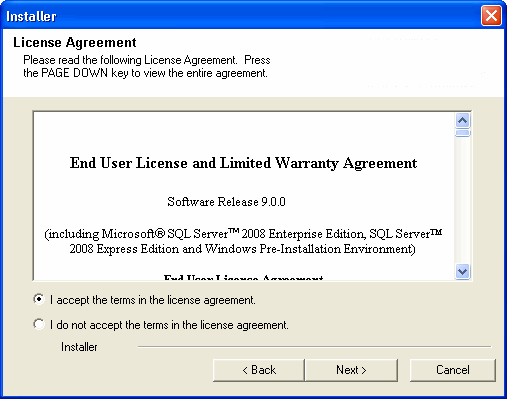 |
||
| 6. | Expand Client Modules | Content Management and
select Documentum iDataAgent. Click Next.
|
 |
||
| 7. |
If this computer and the CommServe is separated by a firewall, select the Configure
firewall services option and then click Next.
For firewall options and configuration instructions, see Firewall Configuration and continue with the installation. If firewall configuration is not required, click Next. |
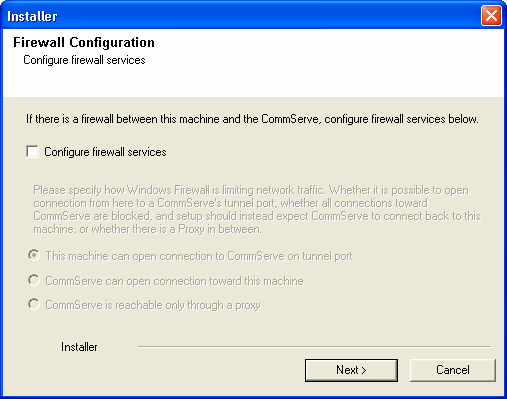 |
||
| 8. |
Enter the fully qualified domain name of the CommServe
Host Name. Click Next.
|
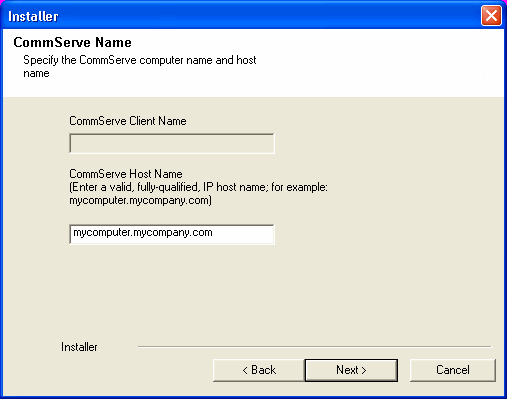 |
||
| 9. | Click Next. |
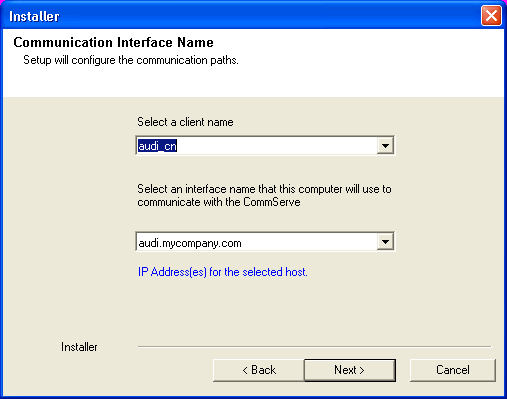 |
||
| 10. | Click Next. |
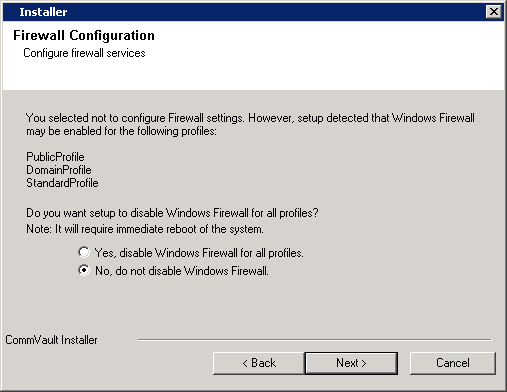 |
||
| 11. |
Select Add programs to the Windows Firewall Exclusion
List, to add CommCell programs and services to the Windows Firewall
Exclusion List. Click Next.
|
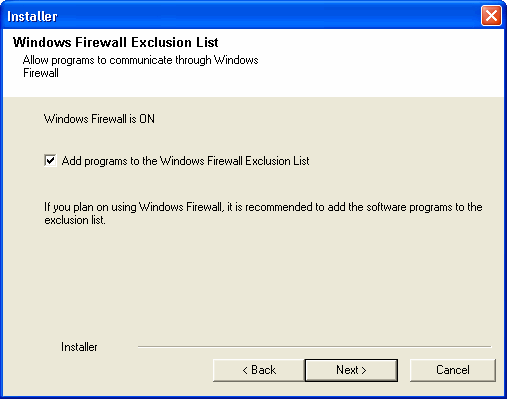 |
||
| 12. |
Verify the default location for software installation. Click Browse to change the default location. Click Next.
|
 |
||
| 13. |
Select a Client Group from the list. Click Next.
|
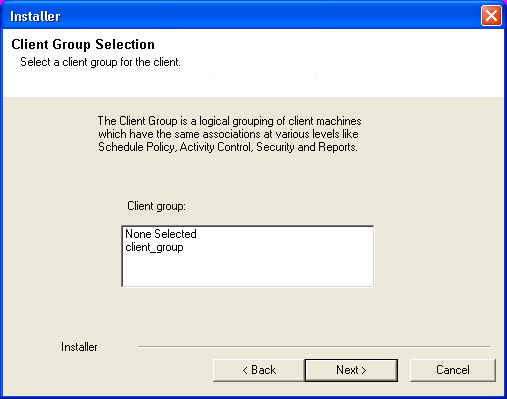 |
||
| 14. | Click Next. |
 |
||
| 15. | Click Next. |
 |
||
| 16. | Select a Storage Policy. Click Next. |
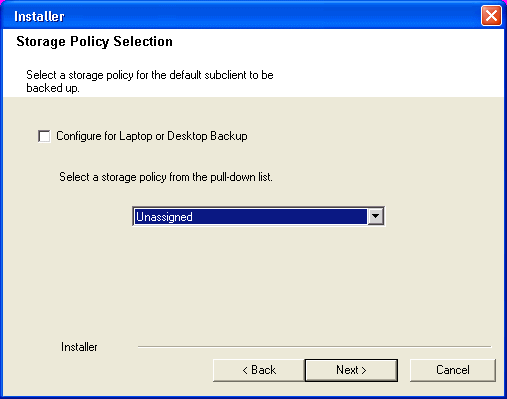 |
||
| If you do not have Storage Policy created, this message
will be displayed. Click OK.
|
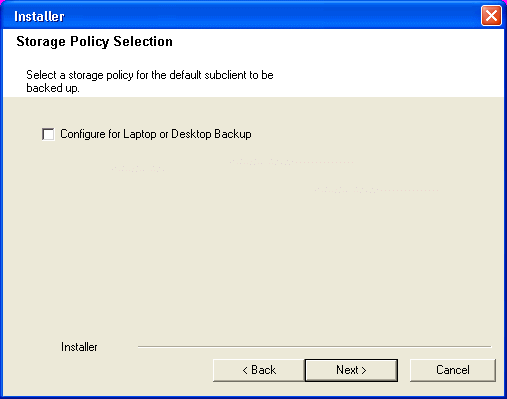 |
|||
| 17. | Click Next. |
 |
||
| 18. | Click Next. |
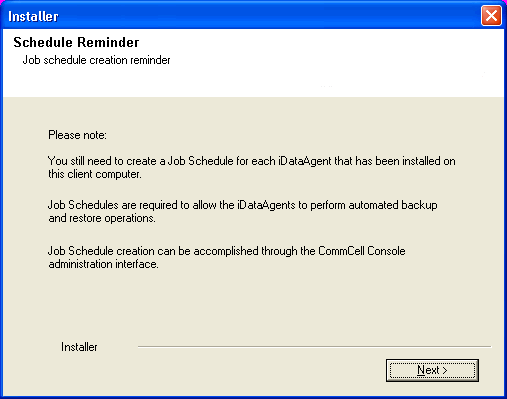 |
||
| 19. | Click Finish. |
 |
||
 |
If you already have a storage policy selected in step 16,
Click
If you do not have Storage Policy created, continue with the following step. |
|||
| 20. | Create a Storage Policy:
|
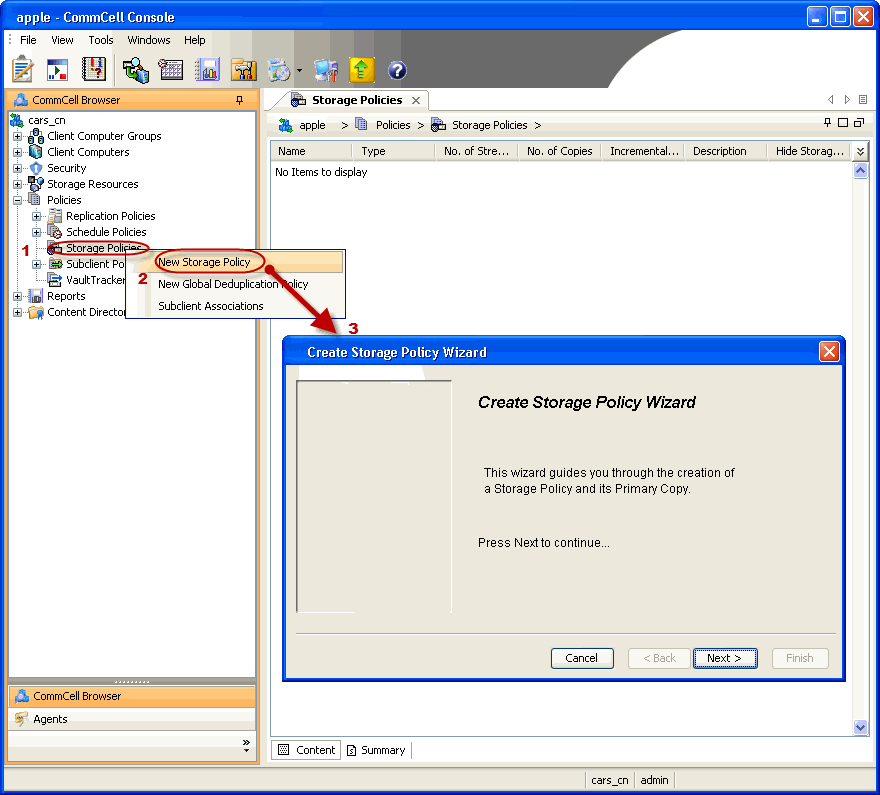 |
  |